Here on the PricePlow Blog, we love to discuss the latest dietary supplement ingredient science and technology, often covering novel compounds. Most of these ingredients are geared towards weight loss and fat burning, which is unsurprising given our ongoing obesity epidemic / metabolic crisis.
First, cover the basics
Before getting too deep into the weeds, however, we always focus on two prerequisites:
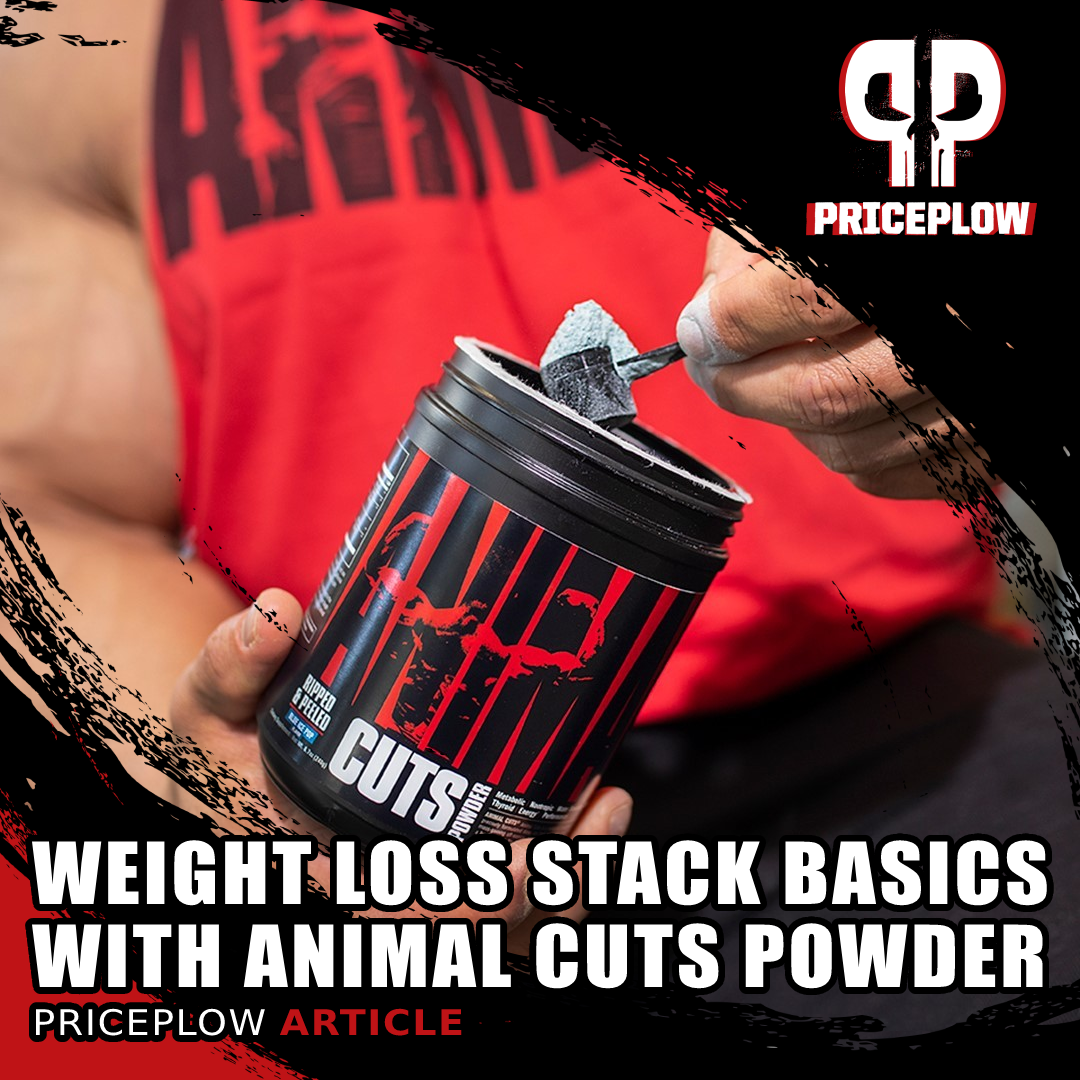
Before heading into wild, novel ingredients for weight loss, make sure you have the basics covered! It turns out, Animal's already done nearly all of that for us.
- Healthy eating, with a high-protein, nutrient-dense diet that doesn't chronically elevate blood sugar or insulin levels, and
- Covering the "daily go-to" ingredients and nutrients that are known to support our goals and avoid deficiencies.
We often see multivitamins filling the gaps for the vitamin and mineral portions of those daily needs, with the famous Animal Pak on the more potent end of that strategy.
However, there's enough research showing that other ingredients may accelerate goals -- or at least stop hindering them -- before you should get lost in the world of complex weight loss ingredients. We're talking about carnitine, choline, caffeine, taurine, and tyrosine: compounds we've long known for their ability to promote easier weight loss, but are too often forgotten in complicated fat burning formulas.
These ingredients (and more) are all provided in Animal Cuts Powder, and as we began testing the supplement, we realized that using it instead of coffee in the morning often set us up for a better day.
Below, we talk about using Animal Cuts Powder as a foundation for our "Daily Domination Stack", but first, check out our video and sign up for our Universal Nutrition news alerts so you don't miss a deal:
This area is reserved for Team PricePlow's upcoming Ingredients video.
Subscribe to our channel and sign up for notifications so you catch it when it goes live!
Universal Animal Cuts – Deals and Price Drop Alerts
Get Price Alerts
No spam, no scams.
Disclosure: PricePlow relies on pricing from stores with which we have a business relationship. We work hard to keep pricing current, but you may find a better offer.
Posts are sponsored in part by the retailers and/or brands listed on this page.
Let's take a look at what you get if you decide to start your day (and your supplement stack) with a scoop (or a scoop and a half!) of Animal Cuts Powder as opposed to your daily cup of coffee:
-
L-Carnitine: 1.5g from Acetyl L-Carnitine and L-Carnitine Tartrate
Aside from protein, the first ingredient we like to check in a diet is L-carnitine status. Reason being, carnitine deficiency puts the brakes on fat oxidation. Carnitine is the amino acid that facilitates fatty acid shuttling to the mitochondria, which is where fat is oxidized and used for energy.[1]
The full Animal Cuts Powder Ingredients -- from the Blue Ice Pop label. An incredible way to start your day!
Research has consistently shown that dieters supplementing with L-carnitine lose significantly more weight and have a lower BMI (body mass index) than controls.[2] Long-term supplementation (24 weeks) has shown insulin sensitivity improvements and better blood glucose response,[3] critical to metabolic health. Simply put, if your insulin and/or blood glucose levels are too high, fat oxidation slows tremendously.[4,5]
Works best for those who are carnitine deficient or overtrained
Where carnitine works best is in those who are deficient - and that's generally vegans/vegetarians,[6-9] the elderly,[10,11] and overtrained individuals.[12] If you're not eating enough red meat (which we consider to be under "prerequisite #1" in the intro), you should strongly consider at least a gram of carnitine per day, preferably two.
Added AM focus from the acetyl version
As part of the morning stack, we also like that some of the carnitine comes from acetyl L-carnitine (ALCAR), which can cross the blood-brain barrier,[13,14] potentially helping to provide a focus-enhancing effect while synergizing with the choline discussed below.
-
Caffeine: We'd have it no other way
Some may disagree, but for us, caffeine is a part of our daily regimen, especially when in the diet doldrums. Caffeine delivers the obvious mental and physical energy[15] it's well-known for. By inhibiting adenosine (a key neurotransmitter that encourages relaxation and sleep), it wakes us up,[16,17] something most of us obviously like in the morning -- especially when dieting.
Adenosine inhibition is the primary role, but in terms of weight loss, caffeine also boosts cyclic adenosine monophosphate (cAMP) activity through another mechanism, phosphodiesterase inhibition.[18,19] And beyond that, caffeine has also been shown to reduce appetite and increase thermal heat.[15,18]
200mg in a scoop of Animal Cuts powder is enough to get your day started (like coffee), but not so much to ruin it. However, some of us can go for even more, and thankfully, the powder with this one "heaps well", if you know what we mean!
-
Tyrosine: Let's talk thyroid
L-Tyrosine is an amino acid that gets plenty of attention as a nootropic ingredient, but not enough love in weight loss aids. Many enjoy it for focus because it's the precursor to catecholamine neurotransmitters like dopamine, norepinephrine, and epinephrine, which may aid in diet-based effects discussed in our previous Animal Cuts powder article.[20-24] Dieters also may like that it can acutely suppress appetite.[24]
That's all good, but the reason we want to make sure we're not deficient is because L-Tyrosine supports thyroid function.
Combined with the mineral iodine, tyrosine is used to produce two thyroid hormones, triiodothyronine (T3) and thyroxine (T4).[25,26] These are secreted by thyroid and regulate metabolism across the body.[25,26] Deficiency in L-tyrosine and iodine slow things down immensely - which is why switching a dieter back to iodized salt (away from those "gourmet" iodine-free sea salts) and an iodine-based multivitamin while adding in some tyrosine feels like rocket fuel.
Don't forget iodine
On the note of iodine, we also hope you're getting enough of it -- iodized salt and multivitamins like Animal Pak mentioned above are critical, as well as small fish known to be high.
-
Choline: Fat oxidation synergy with carnitine
Most dieters know to avoid carnitine deficiency, but not all know about choline's effects on the matter. Like with tyrosine, we often discuss the nootropic benefits of the ingredient (choline boosts acetylcholine levels),[27,28] but there are other benefits: choline increases carnitine retention![29-31]
Paired together, this leaves us with one less bottleneck, and we always point out the several studies that focus on this synergy, since it goes unstated far too often:
"We conclude that supplementary choline maintained serum carnitine concentrations by conserving urinary carnitine. Moreover, these observations merit additional investigation to determine metabolic and functional consequences of choline and carnitine interactions in humans."[29]
"We conclude that the choline-induced decrease in serum and urinary carnitine is buffered by carnitine preloading, and these supplements shift tissue partitioning of carnitine that favors fat mobilization, incomplete oxidation of fatty acids and disposal of their carbons in urine as acylcarnitines in humans."[30]
"These studies demonstrated that choline supplementation results in decreased urinary excretion of carnitine in young adult women, that guinea pigs are a suitable animal model for studying the effect of choline supplementation on carnitine status in humans, and that choline results in a conservation of carnitine in guinea pigs and perhaps in humans."[31]
Of the ingredients in this stack, choline is the one we would have liked to see Animal dose a touch higher due to the success of studies using high doses that we'd want to capture.[32] 500mg is the lower end of where we begin to experience focus-boosting effects. At the same time, we're big egg yolk eaters, and still suggest you do the same (remember Rule #1) -- making supplemental choline a bit less important given its prevalence in egg yolks.
For years, we've trusted Animal Cuts as one of the most intensely formulated fat burners on the market. And now it comes in powder form, bringing tons of the "daily essentials" and more!
Our main point here is that this is yet another vital nutrient that's too-frequently deficient in modern dieters, and it doesn't have to be. But just in case, supplementing more is a good way to avoid any brain fog or metabolic bottlenecks.
Finally, we also have Huperzine A here to keep the acetylcholine around longer.[33,34] Not necessary to our daily stack, but definitely appreciated.
-
Taurine
In sports nutrition circles, taurine is often used for cell hydration and endurance purposes. And it's indeed incredible for those tasks.[35,36]
Additionally, however, one thing nobody discusses is how low-energy you become when taurine deficient! Normally, this is not something we worry about - taurine is conditionally essential[37] and our bodies can generate enough of it - usually. When we're dieting and possibly not making the right dietary choices, the story changes a bit.
Just like low-level tyrosine and iodine deficiency become a recipe for lethargy, taurine status is the same way. Taurine has also shown promising results in research in overweight but otherwise healthy dieters.[38]
This isn't a slam-dunk ingredient that must be added to a diet-specific stack, but given the lack of side effects and the great benefits for athletes, we do make it part of any "daily domination" stack.
Add in creatine?! YES for muscle!
One major ingredient missing here? Creatine. While this is a weight loss supplement stack, we believe that it's beneficial to add if you're focusing on preserving lean mass, which most are.
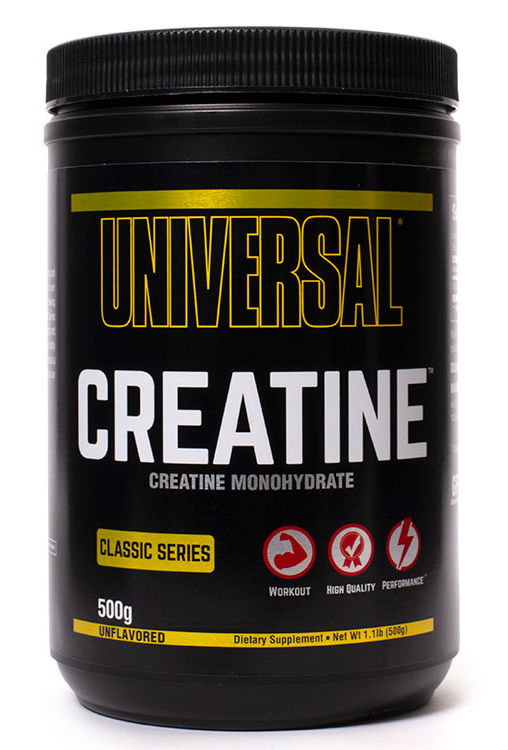
Universal Nutrition Creatine? Yes, if you want to keep lean muscle gains and are OK with some extra weight. Remember, unless dieting down for weighted competition, we're fighting for body composition here, not a number on the scale
The story is similar to carnitine and choline - eat enough meat, and you may not need it. But we have enough studies and enough meta analyses showing that 3-5 grams per day is a slam dunk in terms of lean mass gains.[39-43] We don't consider it a "weight loss" ingredient, because weight may actually go up, but remember, we're focusing on body composition, not a number on the scale. Alongside betaine (another great daily add-on), creatine is king when it comes to body composition.
If you're looking at that, you will have to add a product like Universal Nutrition's creatine, as this one is not in Animal Cuts Powder.
The other ingredients - novel and otherwise
With daily basics covered, you can start to get creative.
Animal Cuts Powder also includes several polyphenols in various forms of tea extracts such as green tea, white tea, and oolong black tea. Phosphatidylserine is a nice added touch to fight cortisol, and we've long been proponents of the forskolin[44,45] inside as well. These (and more) can be read about in our main Animal Cuts Powder article.
Additionally, Animal Cuts Paks can be stacked in - but without the red stimulant pill! This epic pack-based supplement has a massive list of ingredients to help several metabolic systems. Our article linked above explores each of those systems in detail, describing how we can support them as dieters.
Or.. you can go more "Animal mode" on things, heading over to the pharmacy to explore various bronchodilating over-the-counter products that are are no longer sold as supplements and are a bit more controlled. We're talking about the EC stack, something that would go literally perfectly with Animal Cuts Powder if you're legally able to and healthy enough to do so.
Conclusion: For dieters or fasters, Cuts beats coffee
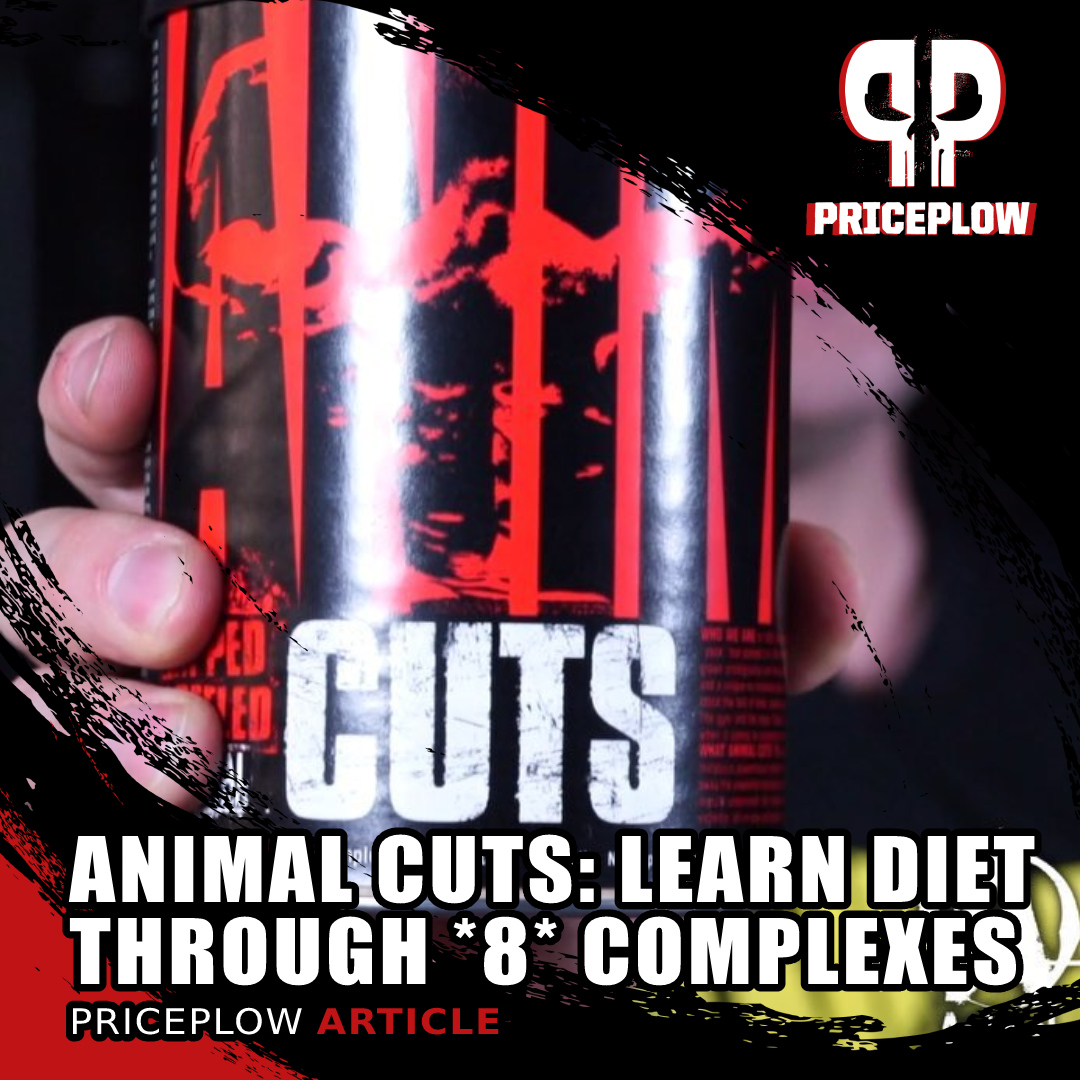
There has never been a fat burner that's given us an opportunity to explore so many metabolic systems. Read about Animal Cuts Paks on the PricePlow Blog.
We love our morning cup of coffee -- we really do. Hell, we've even formulated a better coffee creamer using some novel ingredients. But while reviewing Animal Cuts Powder, we realized how much better the days go when we use it instead of our AM coffee!
There are simply times where we know it's going to be a "depleting" type of day. Not enough steak and eggs, or fasting is going on a bit longer than planned. For those situations, we want to keep our metabolic systems going and any potential deficiencies at bay. The basics that Animal Cuts Powder provides make a solid, no-nonsense, easy decision... and it's actually displaced our coffee more often than we ever thought.
It doesn't hurt that the Blue Ice Pop flavor is fantastic too.
Universal Animal Cuts – Deals and Price Drop Alerts
Get Price Alerts
No spam, no scams.
Disclosure: PricePlow relies on pricing from stores with which we have a business relationship. We work hard to keep pricing current, but you may find a better offer.
Posts are sponsored in part by the retailers and/or brands listed on this page.

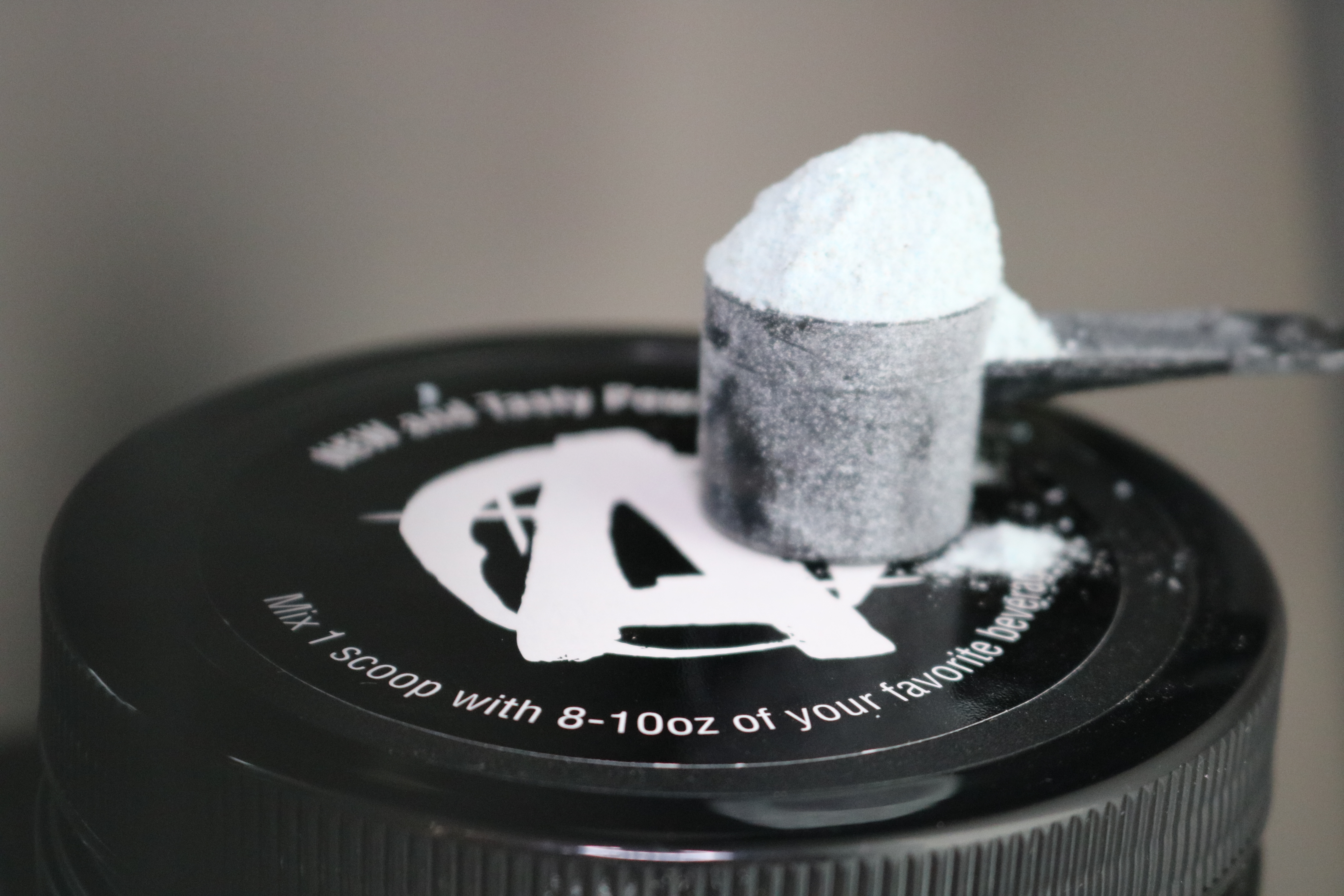
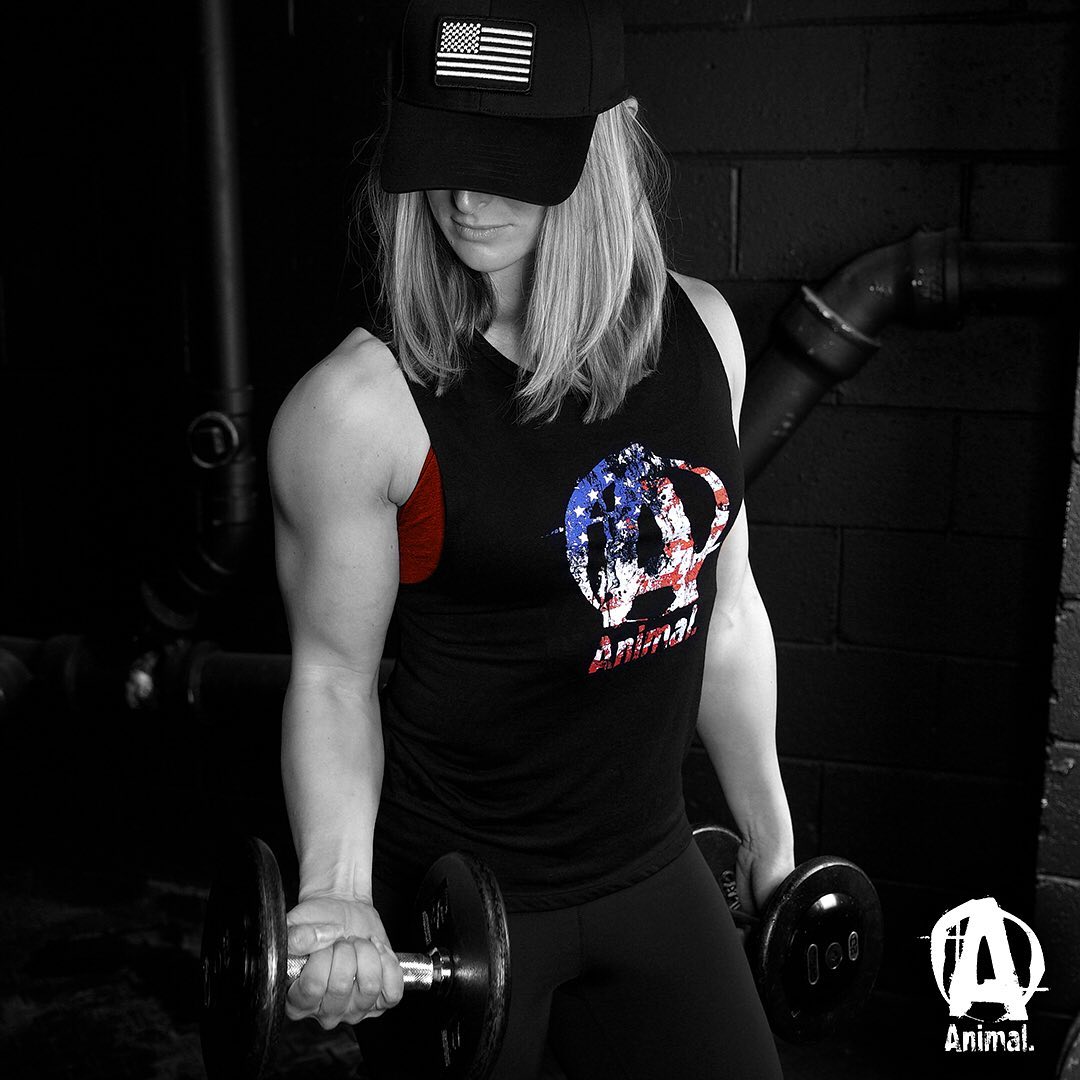
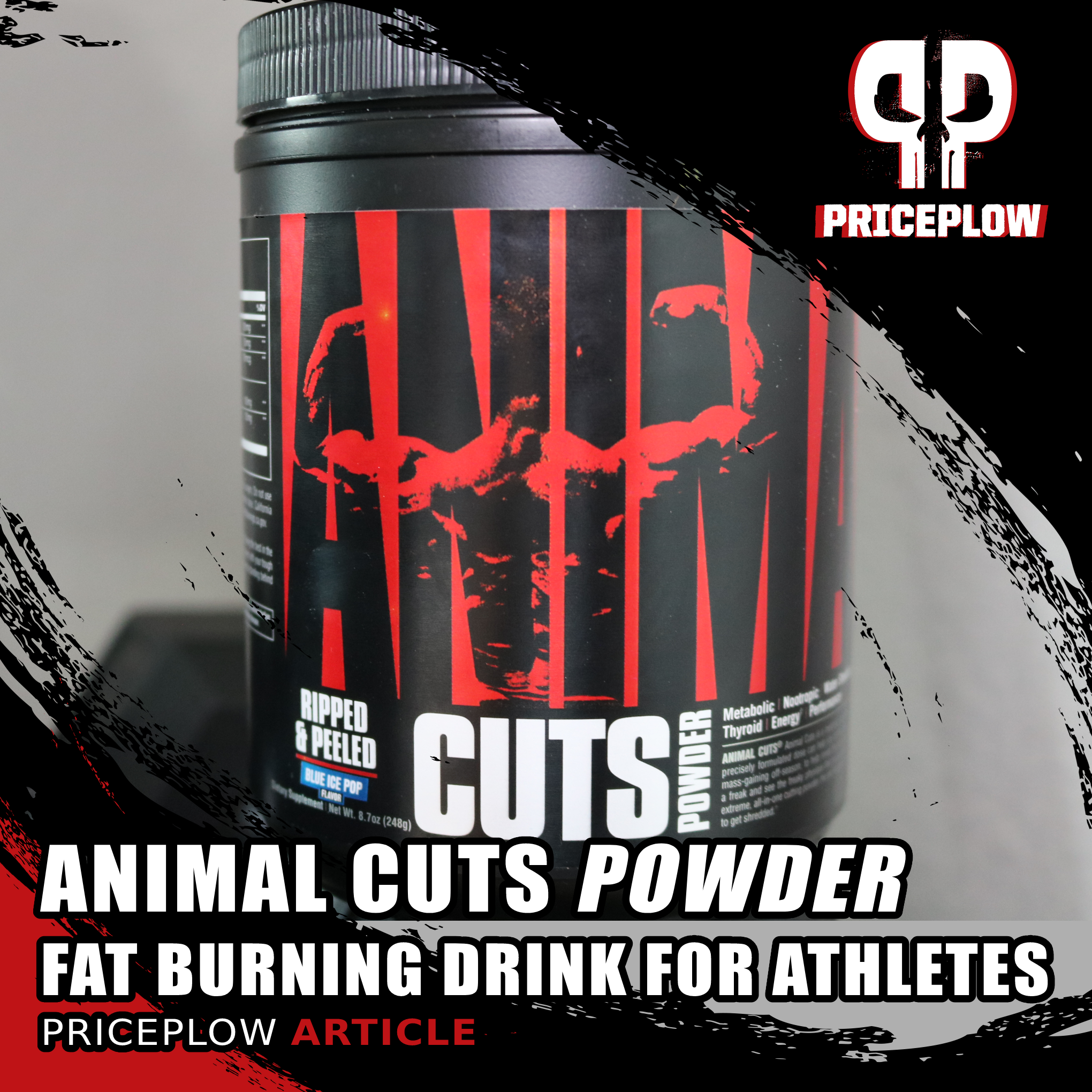



Comments and Discussion (Powered by the PricePlow Forum)